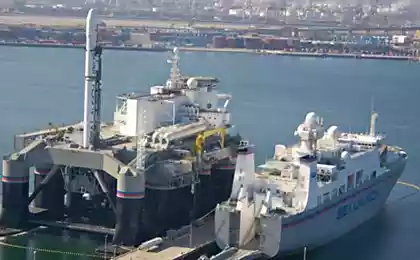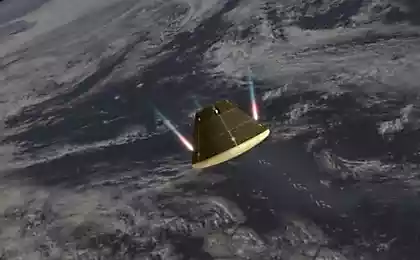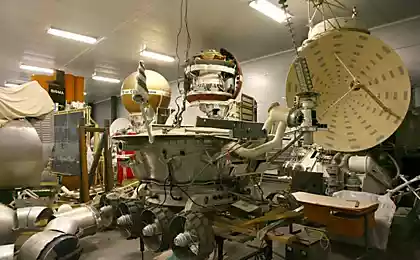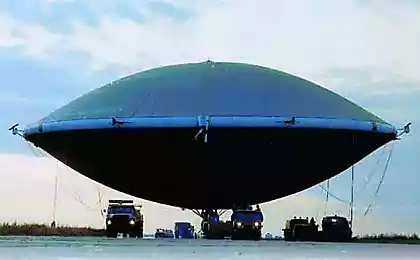1484
"Angara" finally flew

The project, which was developed 20 years, our space unfinished finally got to test launches. It took a lot of time, a rocket from «Zenit» with «ears» turned into a whole family of light A-1.2, the average A-3 , a heavy A-5 and A-7 as possible. The prototype of the first stage three times fly off as the first stage of the South Korean KSLV-1. And today, July 9, 2014, the first launch of an easy A-1.2 PP (first launch).
A little about the design and concept h4> Launcher "Angara" - is a whole family of missiles, built in a modular fashion. Using different amounts of universal booster modules (URM) and Universal launch rockets for all modifications should improve the usability and reliability, as well as to reduce the price excretion kilogram into orbit. Easy "Angara-1.2" is designed to replace the conversion of light missiles "rumble", "Arrow". In this case, a single URM-1 in the first stage and one URM-2 in the second stage. Average "Angara A-3" consists of three blocks of URM-1, which form the first and second stages, and URM-2 as a 3-stage with extra booster. "Angara A-3" may in low orbit 15 tons and is comparable to the "Zenith". Heavy "Angara A-5" uses five URM-1 on the first and second stages, may in low orbit 25, 8 ton and must replace the "Proton».

Great work h4> We can not forget how much work was done before the rocket flew. Be sure to go and see the full gallery of photos from various activities on testing. Here I will briefly quote photo story:
2008
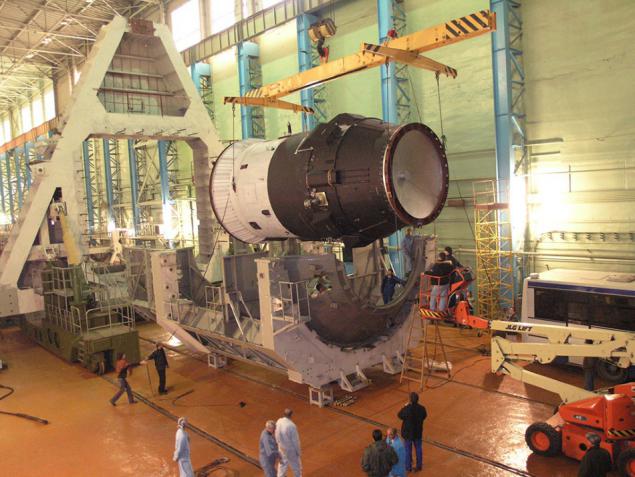
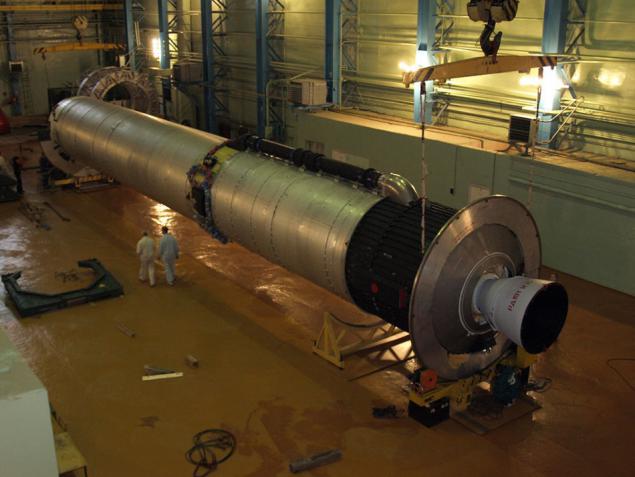
2009
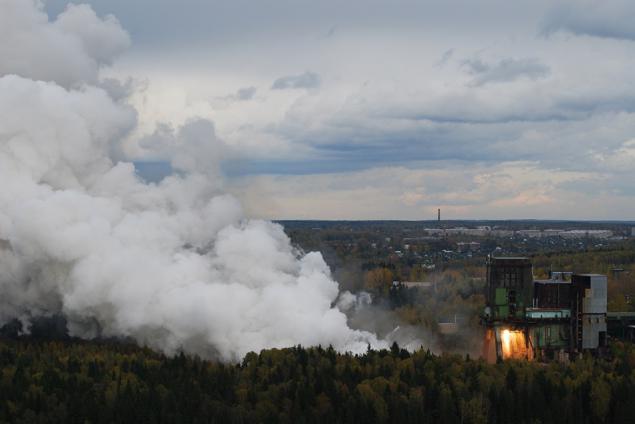
2010
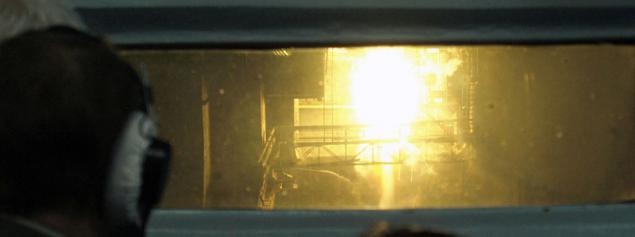
2012
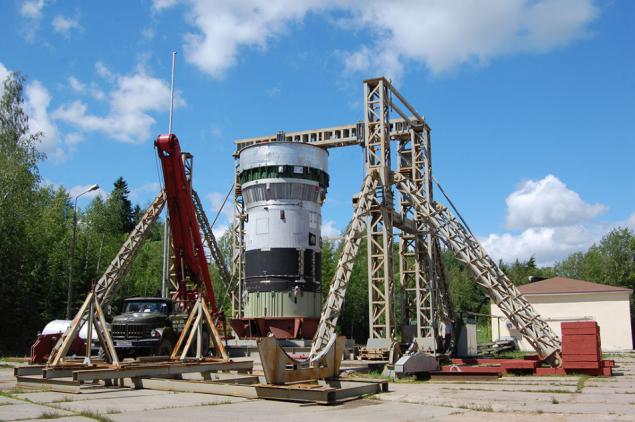
The flight plan h4> The plan of the first test launch is to make and deliver a suborbital flight to Kamchatka dimensions and layout of the payload weight.
The first attempt h4> The first attempt to launch on June 27, but about a minute before the start (called different numbers) prelaunch countdown was stopped due to the activation of automatic monitoring systems missiles - do not close the valve drain line oxidant:

The photo does not show the exact time, but apparently the fault looked that way - continues to bleed liquid oxygen. I>
The rocket took off from the start, was taken to the MIC, corrected faulty valve (lucky that it did not have to change completely, otherwise the missile would have to take back to the factory, and this delay the start for a month). July 8 rocket again taken at the start and was appointed start on July 9.
The second attempt h4> The second attempt took place today, July 9, in a climate of increased secrecy. The rocket was launched at 16:00 Moscow time, this was just announced. End of flight approximately 16:21. Looking forward to the photos and videos.
UPD
UPD
UPD


UPD http://netwind.livejournal.com/59680.html .
Source: habrahabr.ru/post/227873/
Hyundai has shown in the advertisement columns of the movement of several cars without drivers
How-to: How to buy tech stocks on the example of "Yandex"













